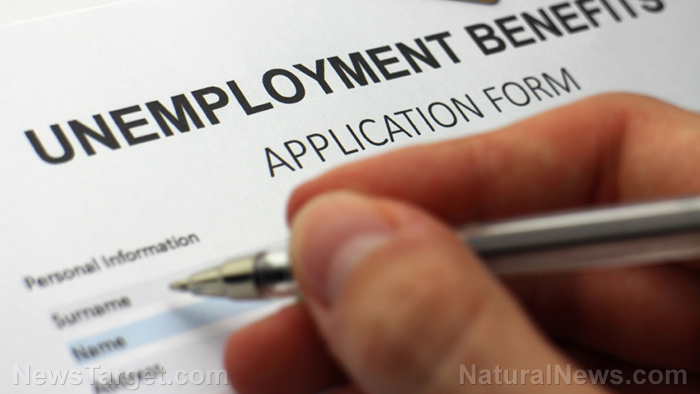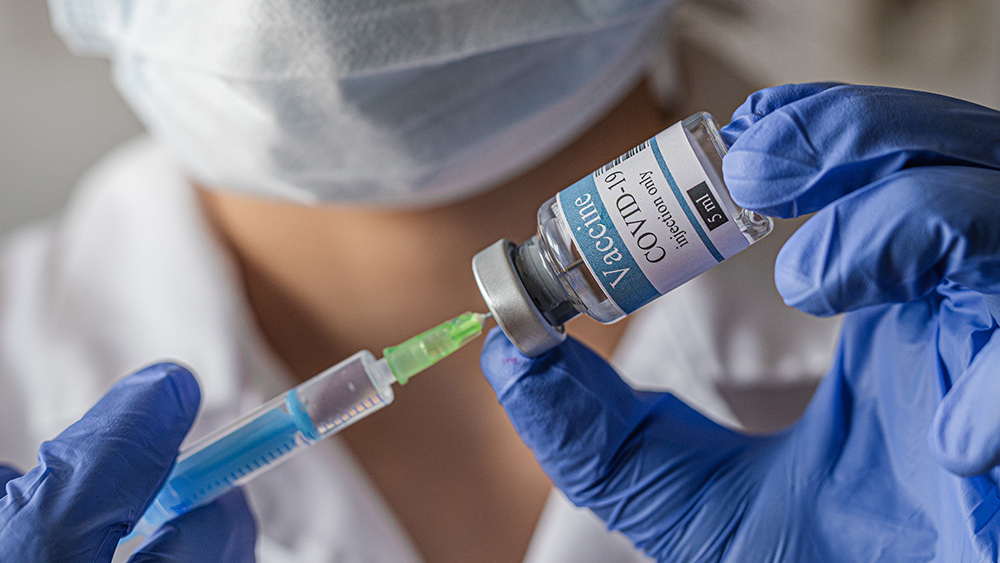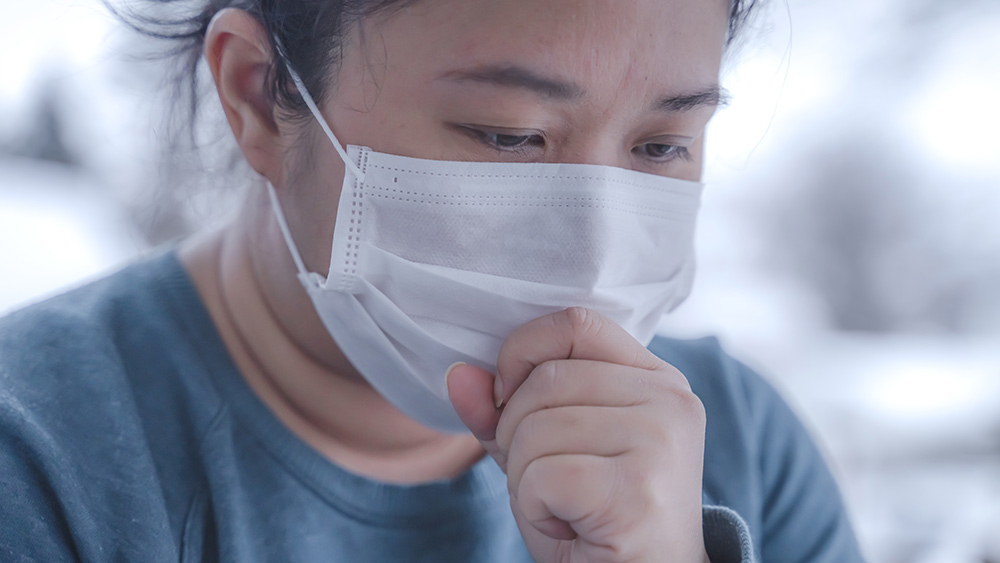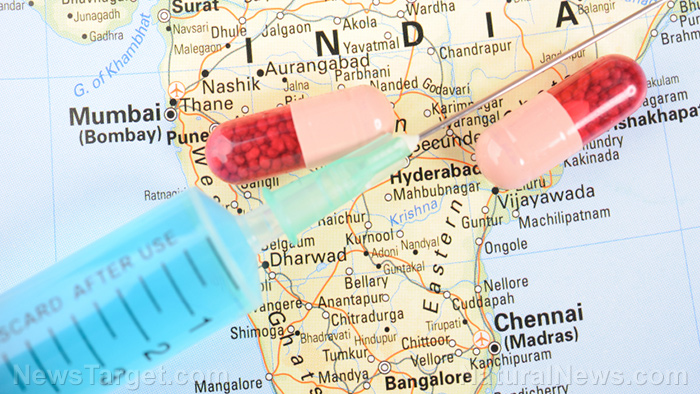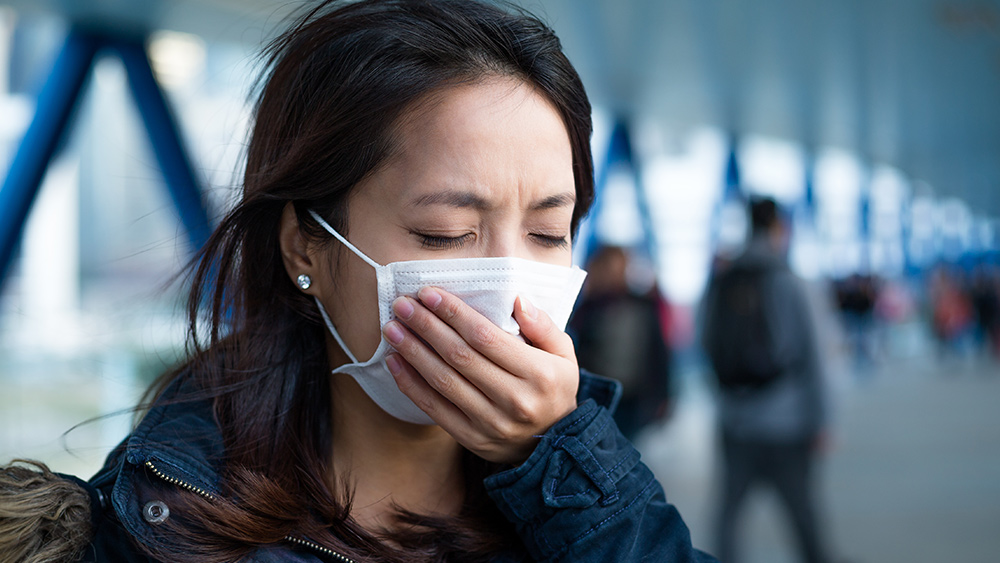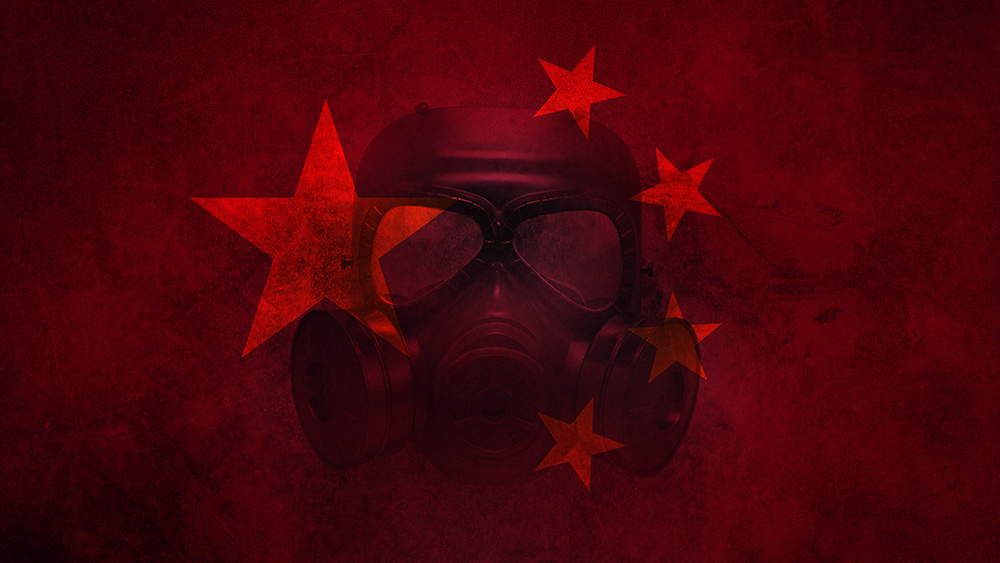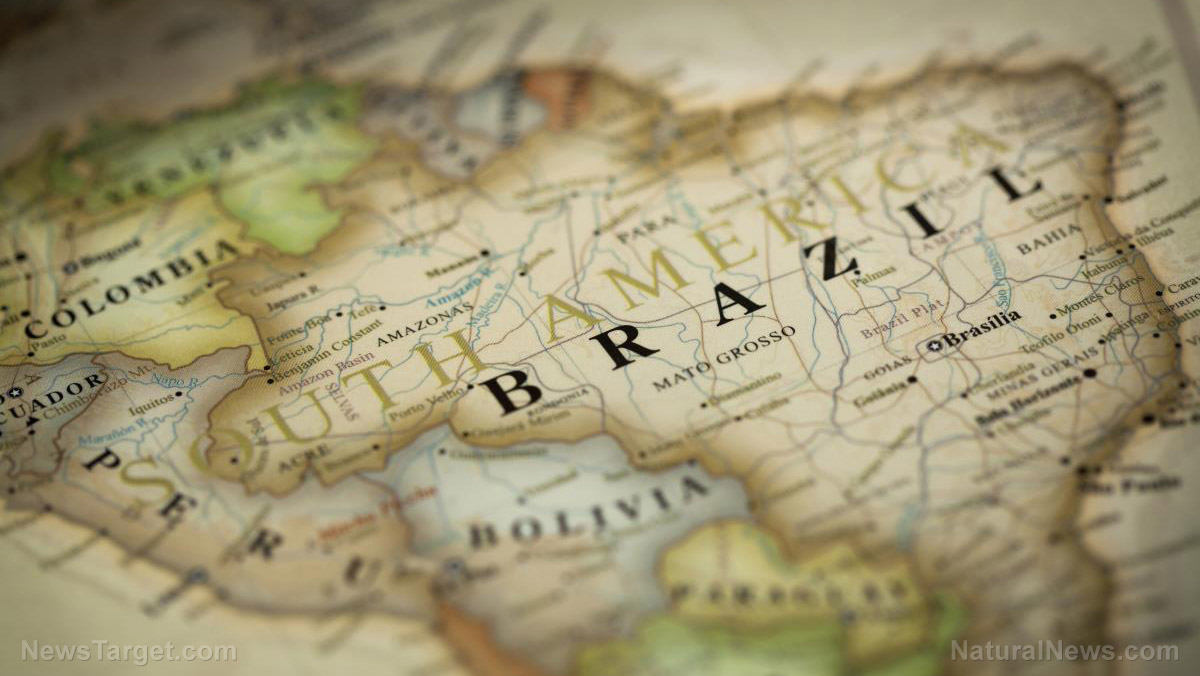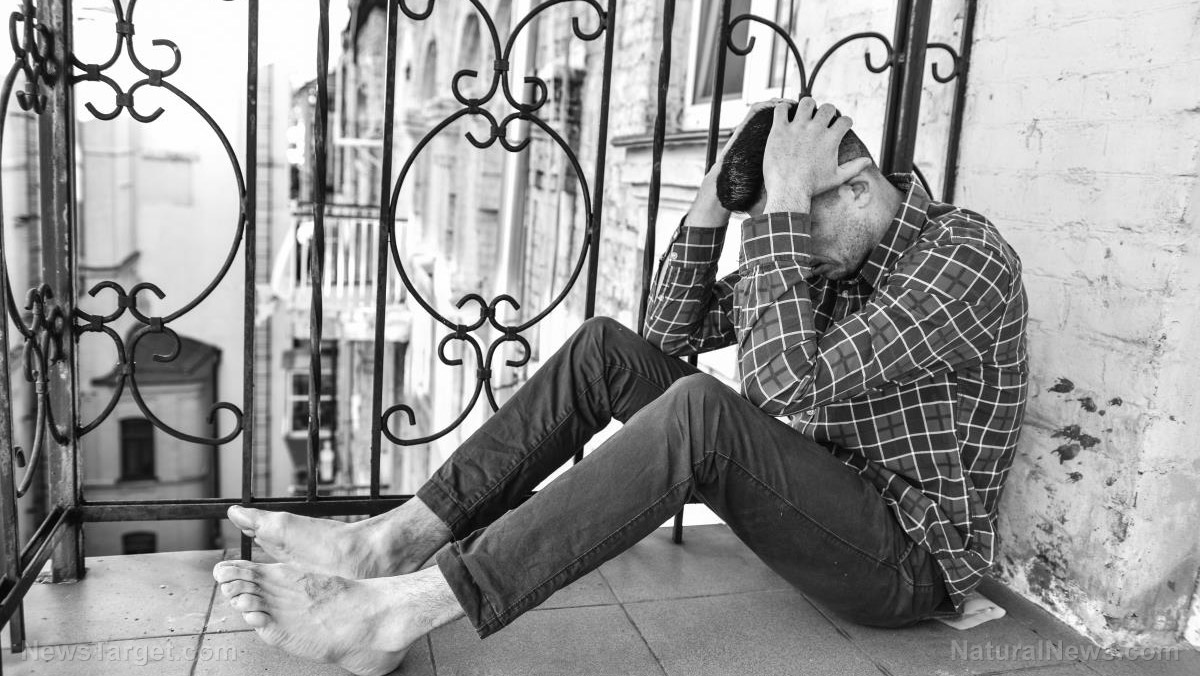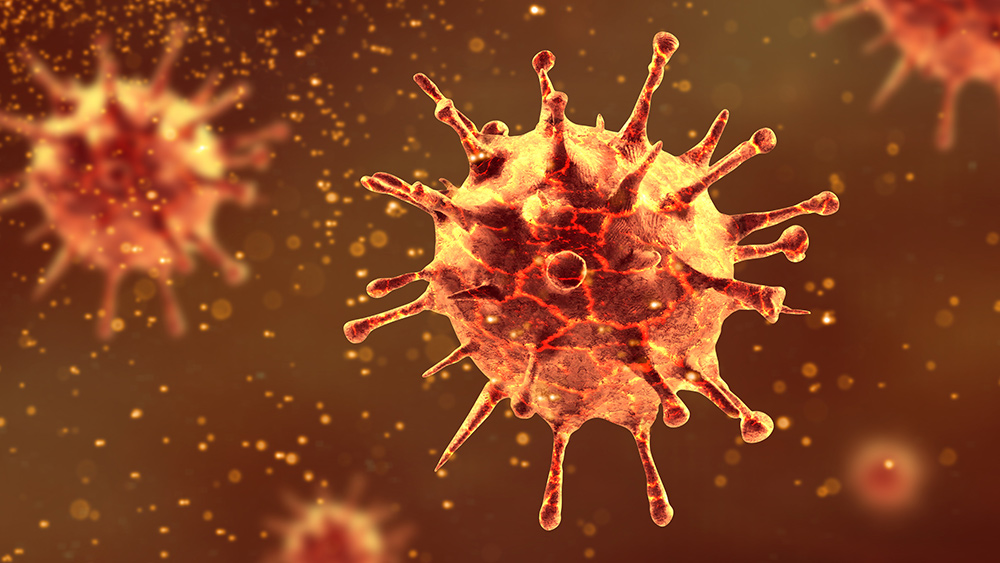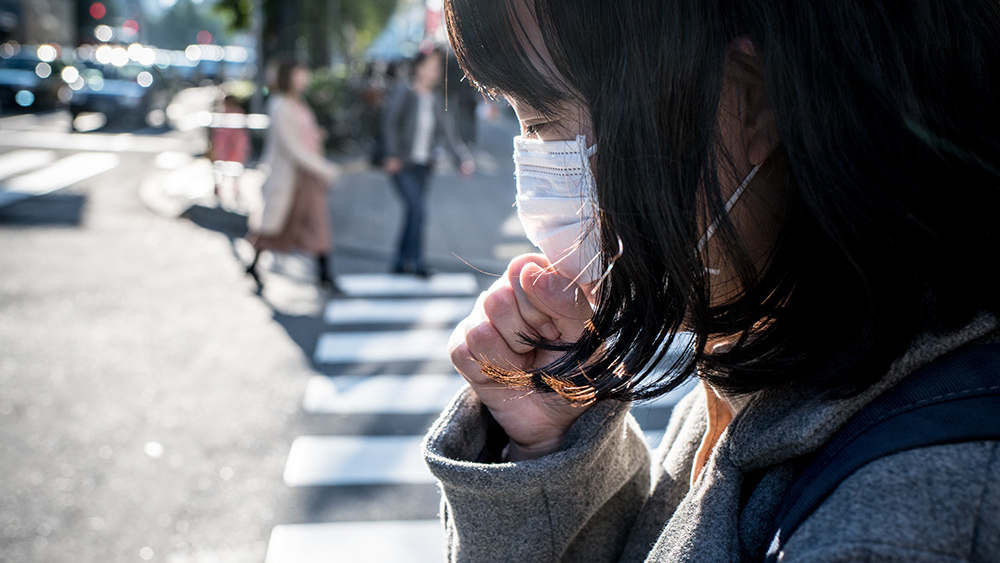Hokkaido lifted its state of emergency and lockdown TOO EARLY – and is now facing a SECOND WAVE of coronavirus infections
05/01/2020 / By Arsenio Toledo
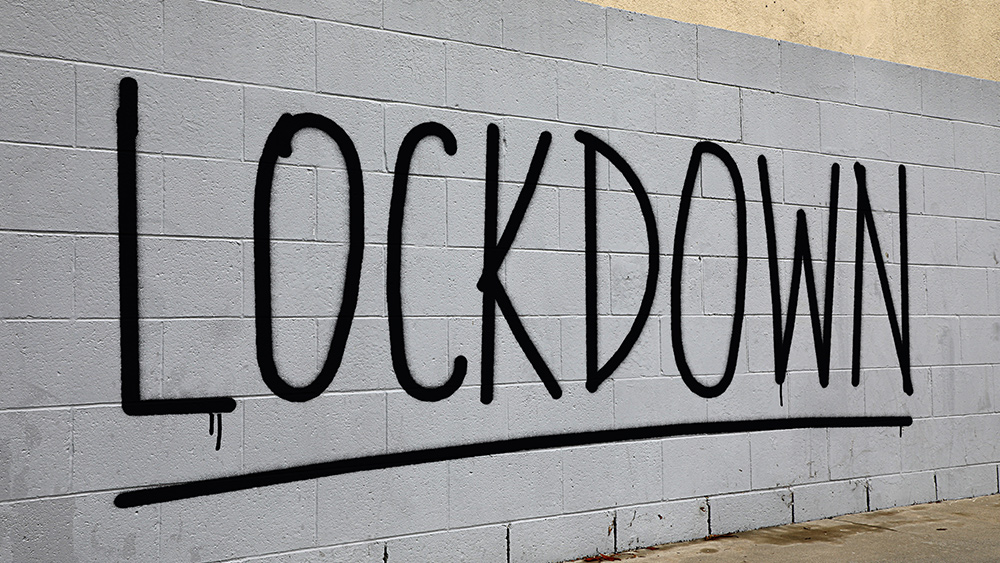
Japan’s northern island of Hokkaido is experiencing a second wave of coronavirus infections after it ended its lockdown far too early. Kazuto Suzuki, vice dean of international politics at Hokkaido University, told reporters that the prefecture’s story should serve as a wake-up call for leaders of other nations who are considering loosening lockdown restrictions too soon.
“Even if you control the first wave,” he said, “you can’t relax.”
Hokkaido too eager to reopen
The Hokkaido Prefecture, which governs the whole island, identified its first case of COVID-19 on January 28. A month later, Hokkaido’s government declared a three-week state of emergency. Schools were shut down, events with large gatherings were canceled and Hokkaido’s residents were strongly urged to stay home. The prefectural government, led by Gov. Naomichi Suzuki, pursued aggressive contract tracing tactics and isolated everybody their tracers found to have been in contact with COVID-19 patients.
The policy resulted in a steep drop in new COVID-19 cases, sometimes just one or two per day, according to Yoko Tsukamoto, a professor specializing in infection control at the Health Sciences University of Hokkaido. The prefecture and Suzuki were praised for quickly and decisively acting against the virus.
However, on March 19, Hokkaido promptly lifted its state of emergency and rolled back its lockdown restrictions on freedom of movement. This led to a second wave of infections hitting the prefecture hard. (Related: Model shows ending coronavirus lockdown prematurely could cause a devastating explosion of cases.)
The region was forced to declare a second state of emergency several weeks – and several hundred infections – after the first state of emergency was lifted.
“We are facing a crisis of a second wave in the spread of [the coronavirus] infections,” said Governor Suzuki to reporters on April 13. The second lockdown closed primary and secondary schools until May 6. Prefectural residents have also been asked to not engage in nonessential trips outside their home.
As of press time, Hokkaido has 762 confirmed COVID-19 cases, including 29 deaths. Japan, as a whole, has 14,088 confirmed cases and 247 deaths. By prefecture, Hokkaido has the sixth highest number of cases in the country.
Hokkaido’s case should serve as an example for the rest of the world
Hokkaido’s story shows how, if governments acted quickly to curb the spread of the virus, it could be brought under control.
Kenji Shibuya of King’s College London said that, should governments follow medical advice, it should be “fairly easy” to contact trace, isolate and to tackle infection clusters. The prefectural government met tremendous amounts of success in their “cluster control” strategy. As the rest of Japan was struggling to fight back against the coronavirus, Hokkaido was a local success story.
However, Shibuya noted that part of Hokkaido’s difficulties stemmed from Japan’s reluctance to ramp up coronavirus testing. While containment would have been effective, especially if the prefecture’s lockdown restrictions were kept in place, it won’t be that way for long. According to Shibuya, it is difficult to maintain tracing and isolation strategies for too long if testing capacity doesn’t expand.
Shibuya also points out that even if Hokkaido could successfully contain its local outbreak, it may still be unsuccessful if Japan’s national coronavirus efforts don’t match up to what is being done in Hokkaido. The prefecture’s lockdown measures are more stringent than Prime Minister Shinzo Abe’s own lockdown directives; schools may be closed, but many commercial establishments, including bars, remain open.
On April 7, Abe finally declared a month-long state of emergency – but only for seven prefectures: Tokyo, Saitama, Osaka, Kanagawa, Hyogo, Fukuoka and Chiba. Abe’s state of emergency declaration ends on May 6 – the same day Hokkaido’s lockdown ends. However, reports are suggesting that Abe’s government is planning to extend the “lockdown” to until the end of May.
It remains to be seen how effective Hokkaido’s second lockdown will be. However, if Prime Minister Abe does not enforce stronger lockdown restrictions over the whole country, Japan may soon experience a surge in COVID-19 cases.
“These lockdowns and states of emergency will have to be lifted eventually, but the lesson is to wait as long as possible, to get accurate data on infection numbers and to be very, very cautious when the rules are relaxed,” said Tsukamoto to reporters.
“And the authorities have to be ready to move quickly and put the restrictions back in place at the first sign of another surge.”
Pandemic.news has the latest updates on the coronavirus lockdown policies being implemented by countries across the globe.
Sources include:
WHO.int [PDF]
Tagged Under: contact tracing, coronavirus, covid-19, Flu, government, Hokkaido, infections, Japan, lockdown, lockdowns, oubreak, outbreak, pandemic, quarantine, restrictions, Shinzo Abe, State of Emergency, superbugs, virus
RECENT NEWS & ARTICLES
COPYRIGHT © 2017 OUTBREAK NEWS


